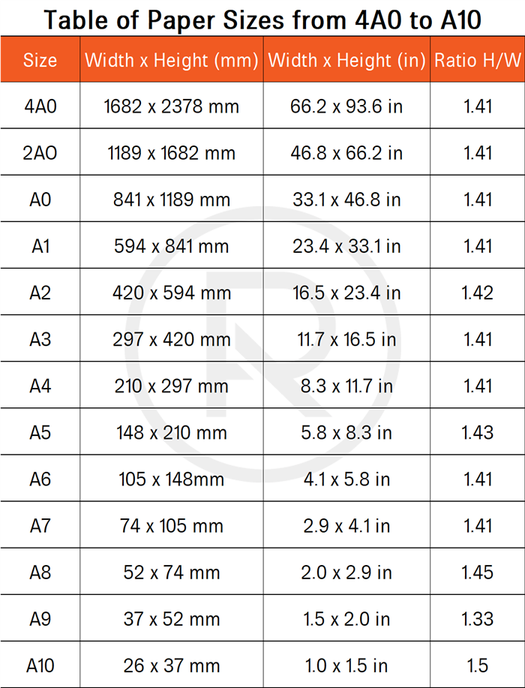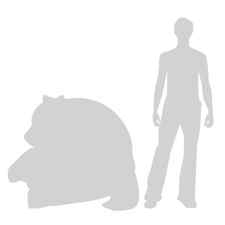Acceptably sharp is determined by the viewing distance and medium the image is presented on. Assuming you are printing images for viewing rather than seeing on as a projected image (or Mobile device and computer) then a viewing distance of 1-3 feet (within arm’s length) is considered the normal range for determining sharpness and details of the print.
How big can I print a photo? Or is my photo size large enough?
To answer these common question, you need to know the resolution of your photo and the size of the prints available.
Resolution is about the number of pixels captured in your photo. The number of pixels will determine the ideal and maximum size you can print. This page provides a guide to the resolution requirements for the most common print sizes.
The most common photo print and frame sizes are described in inches. This page provides a one-stop shop to most common print sizes and helps you to navigate the differences between inches, cms and ISO sizes.
Biggest prints from the popular mobile devices
Following is a table showing the resolution, ideal print sizes that offer an excellent quality and the reasonable print sizes for a fair quality print. The table lists the most popular mobile devices used in North America, Australia and New Zealand in 2019 and 2020.
| Device model | Megapixels | Resolution | Excellent quality | Fair quality |
|---|---|---|---|---|
| iPhone 11 | 12MP | 4256×2848 | 8×12″ | 16×24″ |
| iPhone X | 12MP | 4256×2848 | 8×12″ | 16×24″ |
| iPhone 8 | 12MP | 4256×2848 | 8×12″ | 16×24″ |
| iPhone 7 | 12MP | 4256×2848 | 8×12″ | 16×24″ |
| iPhone 6 | 8MP | 3264×2448 | 8×10″ | 16×20″ |
| iPhone 4 | 5MP | 2592×1944 | 6×8″ | 12×16″ |
| Samsung Galaxy Note 10 | 12MP | 4256×2848 | 8×12″ | 16×24″ |
| Samsung Galaxy S10 Plus | 12MP | 4256×2848 | 8×12″ | 16×24″ |
| Samsung Galaxy S9 | 12MP | 4256×2848 | 8×12″ | 16×24″ |
| Samsung Galaxy S8 | 12MP | 4256×2848 | 8×12″ | 16×24″ |
| Samsung Galaxy S7 | 12MP | 4256×2848 | 8×12″ | 16×24″ |
| Samsung Galaxy S6 | 5MP | 2592×1944 | 6×8″ | 12×16″ |
| Huawei NOVA 3I | 24MP | 6114×4096 | 12×20″ | 24×36″ |
| Huawei P20 | 12MP | 4256×2848 | 8×12″ | 16×24″ |
| Google Pixel 4 | 12MP | 4256×2848 | 8×12″ | 16×24″ |
| Google Pixel 3 | 12MP | 4256×2848 | 8×12″ | 16×24″ |
| Xiaomi Mi 9 Pro | 20MP | 6114×3413 | 12×18″ | 24×36″ |
| Xiaomi Mi 9 Pro | 20MP | 6114×3413 | 12×18″ | 24×36″ |
| Xiaomi Redmi Note 7 | 12MP | 4256×2848 | 8×12″ | 16×24″ |
| Xiaomi Redmi Note 5 | 12MP | 4256×2848 | 8×12″ | 16×24″ |
| Xiaomi Redmi Note 4 | 12MP | 4256×2848 | 8×12″ | 16×24″ |
| LG G7 | 16MP | 4992×3228 | 10×16″ | 24×32″ |
| LG G6 | 12MP | 4256×2848 | 8×12″ | 16×24″ |
| LG G4 | 12MP | 4256×2848 | 8×12″ | 16×24″ |
If you have the photo already downloaded to your computer or laptop, check out our guide for Windows and Mac OSX.
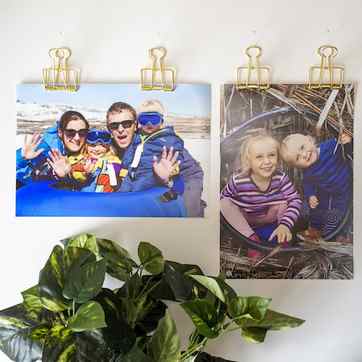
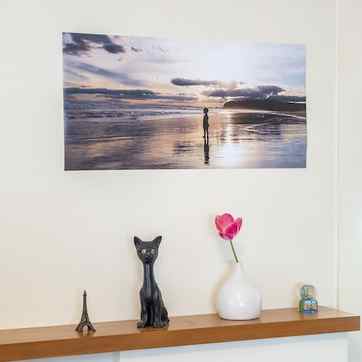
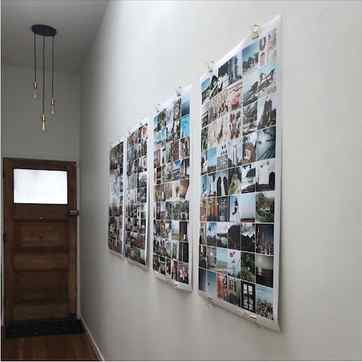
Inches to cm conversion table and resolution requirements
The following chart provides a quick and easy guide for you to _convert an inch-based measurement into the approximate centimeters. We also provide the minimum resolution requirements for printing at each size.
| Inches | Cm | Min. Resolution | Ideal. Resolution | |
|---|---|---|---|---|
| 6×8″ | 15x20cm | 432 x 576px | 1800 x 2400px | More details |
| 8×10″ | 20x25cm | 576 x 720px | 2400 x 3000px | More details |
| 7×11″ | 18x27cm | 504 x 792px | 2100 x 3300px | More details |
| 8×12″ | 20x30cm | 576 x 864px | 2400 x 3600px | More details |
| 9×12″ | 22x30cm | 648 x 864px | 2700 x 3600px | More details |
| 9×16″ | 22x40cm | 648 x 1152px | 2700 x 4800px | More details |
| 11×14″ | 27x35cm | 792 x 1008px | 3300 x 4200px | More details |
| 12×12″ | 30x30cm | 864 x 864px | 3600 x 3600px | More details |
| 12×16″ | 30x40cm | 864 x 1152px | 3600 x 4800px | More details |
| 12×18″ | 30x45cm | 864 x 1296px | 3600 x 5400px | More details |
| 12×24″ | 30x60cm | 864 x 1728px | 3600 x 7200px | More details |
| 14×24″ | 35x60cm | 1008 x 1728px | 4200 x 7200px | More details |
| 16×16″ | 40x40cm | 1152 x 1152px | 4800 x 4800px | More details |
| 16×20″ | 40x48cm | 1152 x 1440px | 4800 x 6000px | More details |
| 16×24″ | 40x60cm | 1152 x 1728px | 4800 x 7200px | More details |
| 18×24″ | 45x60cm | 1296 x 1728px | 5400 x 7200px | More details |
| 20×24″ | 48x60cm | 1440 x 1728px | 6000 x 7200px | More details |
| 20×30″ | 48x75cm | 1440 x 2160px | 6000 x 9000px | More details |
| 24×24″ | 60x60cm | 1728 x 1728px | 7200 x 7200px | More details |
| 24×32″ | 60x80cm | 1728 x 2304px | 7200 x 9600px | More details |
| 24×36″ | 60x91cm | 1728 x 2592px | 7200 x 10800px | More details |
| 24×48″ | 60x121cm | 1728 x 3456px | 7200 x 14400px | More details |
| 8.27×11.69″ | 21x29cm | 595 x 841px | 2481 x 3507px | More details |
| 11.69×16.54″ | 29x42cm | 841 x 1190px | 3507 x 4962px | More details |
| 16.54×23.36″ | 42x59cm | 1190 x 1681px | 4962 x 7008px | More details |
| 23.39×33″ | 59x83cm | 1684 x 2376px | 7017 x 9900px | More details |
More size examples
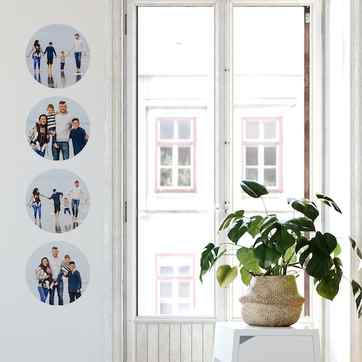
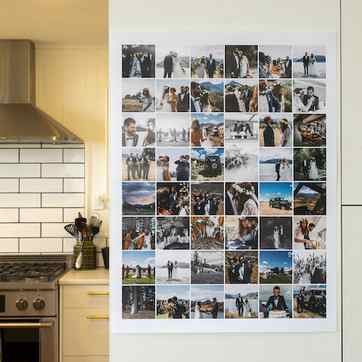
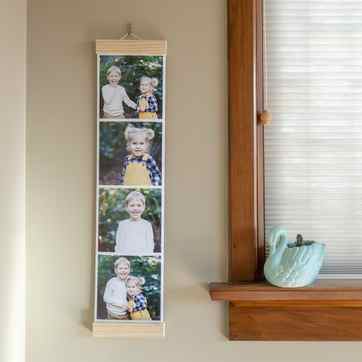
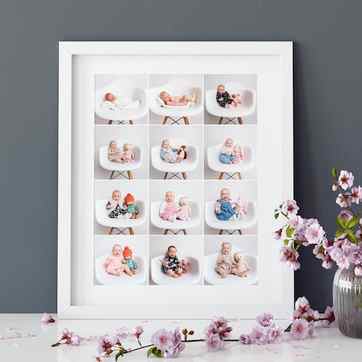
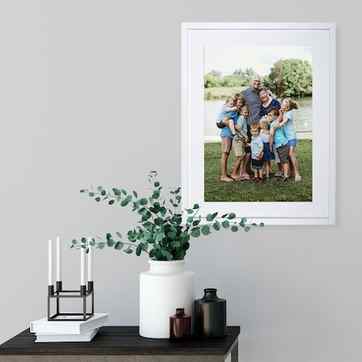

ISO standard paper sizes
As if our life isn’t complicated enough, there is also ISO standard sizes.
You may find the following table helpful for determine which are the closest sizes we do offer.
| ISO Standard | Size (Width x Height) | Closest Sizes |
|---|---|---|
| A1 | 594 x 841 mm – 23.4 x 33.1 in | 609 x 812 mm – 24 x 32″ |
| A2 | 420 x 594 mm – 16.5 x 23.4 in | 457 x 609 mm – 18 x 24″ |
| A3 | 297 x 420 mm – 11.7 x 16.5 in | 305 x 406 mm – 12 x 16″ |
| A4 | 210 x 297 mm – 8.3 x 11.7 in | 203 x 305 mm – 8 x 12″ |
| A5 | 148 x 210 mm – 5.83 x 8.27 in | 150 x 200 mm – 6 x 8″ |
| A6 | 105 x 148 mm – 4.13 x 5.83 in | 100 x 150 mm – 4 x 6″ |
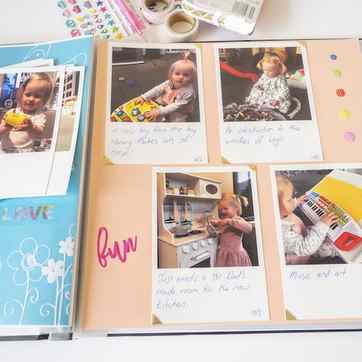
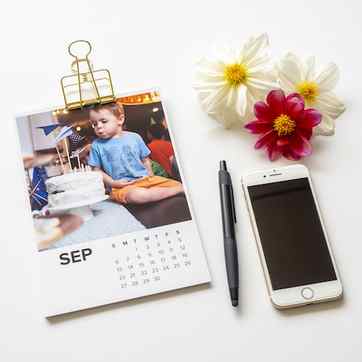
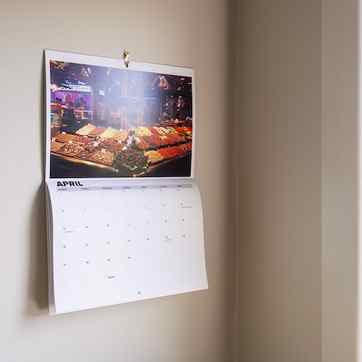
Resolution calculator
Pixelated or blurry photos are definitely big letdowns when you see your final prints. So please make sure that your photos have the required resolution for the size you have chosen.
Why print?
Having spent countless hours capturing images, editing images and probably re-editing and selecting images your now at the stage of getting a set of prints ready.
You may think that the job is done already but the print is the final part of the workflow (share) and is as every bit important as the previous four stages:
see | design | shoot | enhance | share
Photo Sizing Guide
This is especially a truism when it comes to the RPS. I often joke about the judges smelling the ink on the paper and waxing lyrical about paper choices more than the photograph itself. Joking aside, the assessment for any panel quite rightly relies on evidence that the photographer (applicant) also understands, and presents, the images to a professional and competent standard. This photo sizing guide is aimed at those who want to ensure the print quality matches the efforts made in making the image and then presenting it in print.
The printing part (sharing) of the panel has equal importance to the design (creative/framing), shoot (technical execution), enhance (editing and presentation) as the first stage of showing what the photographer sees and interprets.
Nowadays, few people choose to print images as it’s so much easier to share electronically through social media and photo websites. As such, many photographers don’t have the knowledge and understanding of print resolution, aspect ratios, mounting, paper choice and the plethora of challenges that come with making the print. In fairness, even as professional from the digital age, I must work things out each time I go to print too, though I have done enough exhibitions and other print required tasks to have a reasonable understanding.
“The negative is comparable to the composer’s score and the print to its performance. Each performance differs in subtle ways.” Ansel Adams
My digital photography interpretation of Ansel’s quote is “the digital file is the score, and the print is the performance.”
Given that I have many clients, on various courses, and other events wishing to create prints, I felt a guide to the considerations and technicalities would be helpful.
Image aspect ratios: Photo Sizing Guide
So, what about aspect ratios? In its simplest form, a print aspect ratio is simply a measurement of its width compared to its height, in the form of a ratio. For example, a full frame image taken from a SLR camera, without any cropping, is in the ratio 3:2. Or expressed another way, the width of the image is 1.5 times the height of the image.
How does aspect ratios relate to cropping? The image below is a full frame 3:2 image. If we printed this as a 6×4” print, it would not need cropping but what if we wanted this image in another common print format – a 10×8”?
This would unfortunately mean cropping part of the image –possibly an important part of the composition. The reason is that, although the 10×8” print is significantly larger than a 6×4”, its aspect ratio is 5:4. In another words, the larger 10×8” print’s aspect ratio is squarer.

What about other common small print formats – the 7×5? It’s are more elongated than the 10×8” but squarer than the 6×4”. If this seems more confusing, think of in terms of the width as a multiple of the height (or just refer to this table below!).
Remember the aspect ratio has nothing to do with the quality and size of the photo it is just the shape of the rectangle – viewing area.
